What are Different Technologies Used in Printing Quality Inspection
Printing quality inspection is a critical process in ensuring that printed materials meet the desired standards for color accuracy, image quality, text clarity, and overall appearance. Advances in technology have provided the printing industry with sophisticated inspection tools that can detect defects with high precision and efficiency.
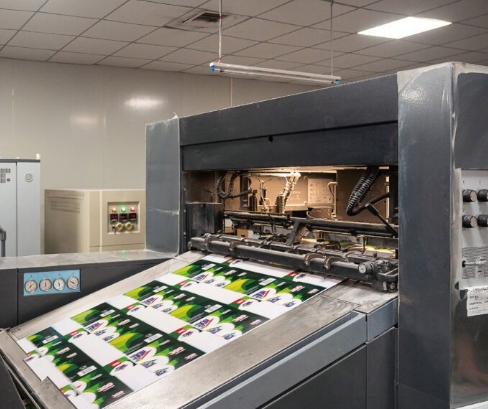
What is Printing Quality Inspection
Printing quality inspection refers to the process of evaluating and ensuring the quality and consistency of printed materials. This process is widely used in various industries, such as packaging, publishing, and manufacturing, where high standards of print quality are essential to meet customer expectations, maintain brand integrity, and comply with regulatory requirements.
Here’s a chart summarizing the key aspects of printing quality inspection
| Aspect | Description |
| Color Accuracy | Ensuring colors are consistent and match specified standards. |
| Image Quality | Verifying the clarity and sharpness of printed images, identifying defects like blurring and smudging. |
| Text Clarity | Ensuring printed text is legible and free from distortions, checking for misalignment and font issues. |
| Registration and Alignment | Verifying correct alignment of color layers and print elements, detecting misregistration. |
| Surface and Material Integrity | Inspecting for surface defects (scratches, embossing errors) and ensuring material quality. |
| Special Features | Checking security features in specialized applications and inspecting functional elements in printed electronics. |
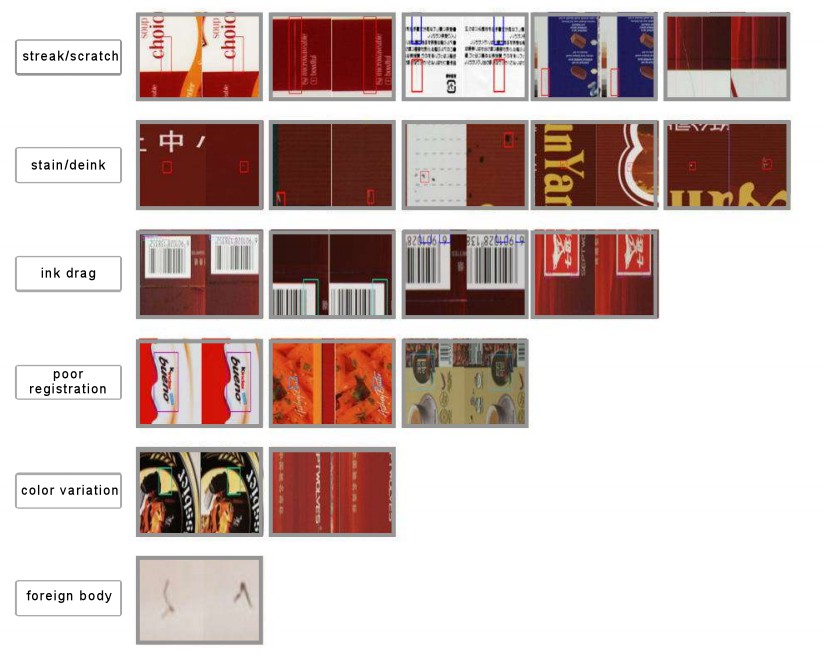
Key Inspection Technologies Used in Printing Quality Inspection
1. Optical Inspection Systems
Optical inspection systems are fundamental in detecting a wide range of defects in printed materials using high-resolution cameras and advanced imaging software.
- Camera-based Systems: These systems use high-speed cameras to capture detailed images of printed products. The software then analyzes these images to identify defects such as color deviations, misalignment, and smudging. Real-time integration into the printing process allows for immediate detection and correction.
- Line Scan Cameras: Suitable for inspecting continuous or large-format prints, line scan cameras capture images line by line as the material moves past them. This method is highly effective for packaging, wallpapers, and similar applications.
2. Machine Vision Systems
Machine vision systems utilize artificial intelligence (AI) and machine learning to enhance inspection accuracy. These systems are capable of identifying complex patterns and subtle defects.
- Deep Learning Models: By training on extensive datasets, deep learning models can recognize a variety of defects and continuously improve in accuracy. These models can detect issues that traditional systems might miss.
- Pattern Recognition: These systems can be programmed to recognize specific patterns and anomalies, making them ideal for industries requiring precise color matching and detailed image reproduction.
3. Spectral Imaging Systems
Spectral imaging systems capture images at multiple wavelengths, providing detailed information about color and material properties beyond what standard cameras can see.
- Hyperspectral Imaging: This technology captures a wide range of wavelengths from ultraviolet to near-infrared, allowing for the detection of subtle color variations and material inconsistencies.
- Multispectral Imaging: Capturing multiple wavelengths, multispectral imaging offers valuable data for analyzing colors and materials, though less comprehensive than hyperspectral imaging.
4. 3D Inspection Systems
3D inspection systems are used to assess the topography and texture of printed materials, which is crucial for applications requiring high-quality surface finishes.
- Laser Profiling: Utilizing laser beams to scan the surface, these systems create a detailed 3D map of the surface. This helps in detecting embossing errors and surface irregularities.
- Structured Light Scanning: This method projects a pattern of light onto the material and captures the deformations in the pattern caused by surface variations. The data is then used to construct a 3D image.
5. Magnetic and Conductive Inspection
For specialized printing applications such as security printing and printed electronics, magnetic and conductive inspection technologies ensure the integrity of printed features.
- Magnetic Ink Character Recognition (MICR): MICR technology verifies the magnetic properties of inks used in security printing, such as checks and banknotes, ensuring authenticity and tamper resistance.
- Conductive Ink Inspection: Used in printed electronics, this inspection ensures that printed circuits and components have the correct electrical properties, crucial for the functionality of devices like RFID tags and printed sensors.
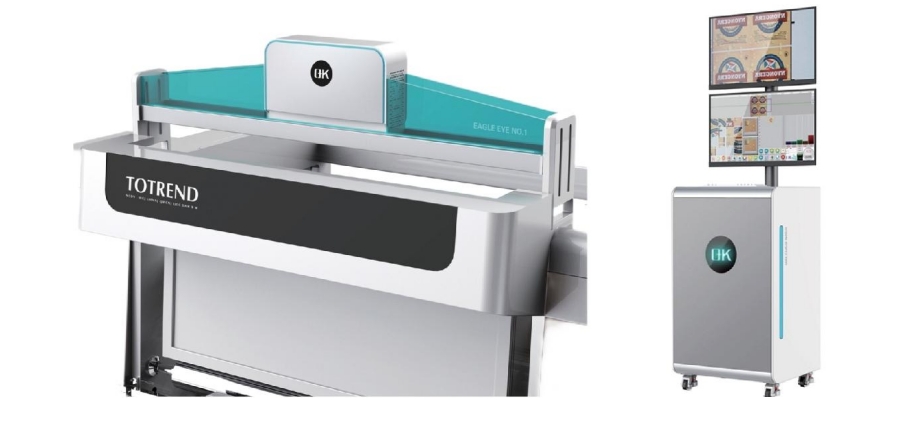
Why Choose Arise Web Video Inspection System for Printing Quality Inspection
Introduction of Arise Company
Arise is a high-tech enterprise that seamlessly integrates optical, electromechanical, electronic, and internet technologies. Specializing in the development and production of web guide systems, tension control systems and web inspection systems.
What is Arise Web Video Inspection System
The Arise web video inspection system for printing quality employs innovative technologies and methodologies to transform rapidly moving images into “still” images perceptible to the human eye. These images can be magnified to promptly detect minor print defects, thereby enhancing the quality of printed products. Furthermore, it allows for the real-time separate observation of images, facilitating comprehensive quality assessment.
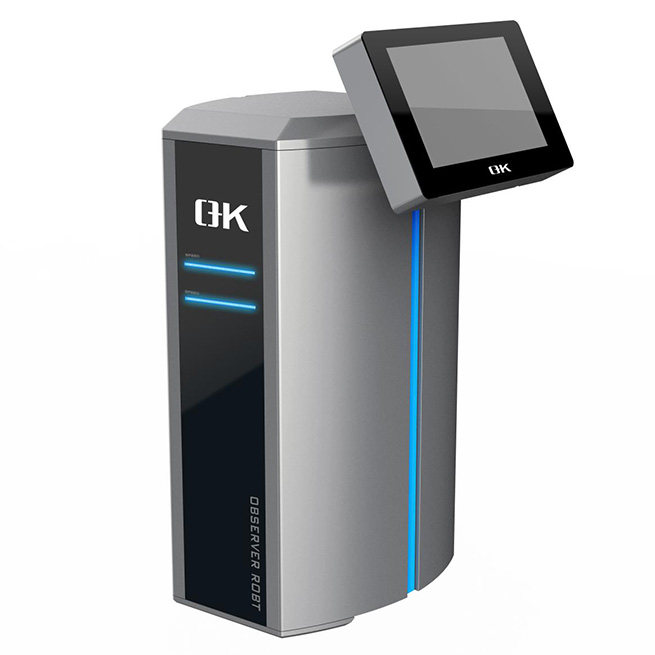
The system revolutionizes printing quality control with its seamless transition from full-width observation to full-width detection. By harnessing the latest image detection algorithms and special light sources, this system achieves a remarkable 100% full inspection rate. It excels in identifying a wide range of defects, including scratches, stains, depressions, bumps, and damage on rubber surfaces, with unparalleled accuracy.
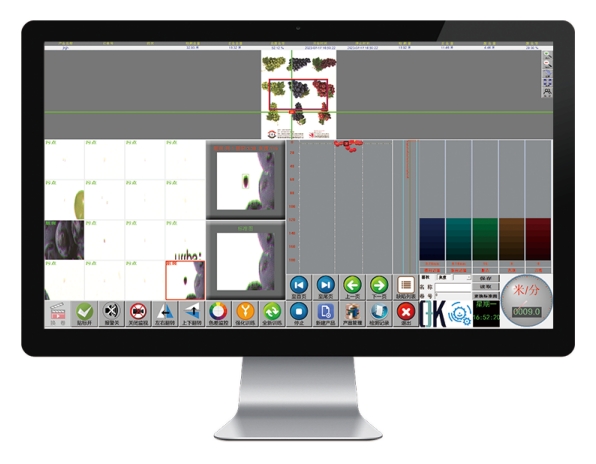
Benefits of Arise Web Video Inspection System
Choosing the Arise web video inspection system for printing quality inspection offers several benefits:
- High-Resolution Imaging: The system provides high-resolution imaging that captures minute details, ensuring even the smallest defects are detected.
- Real-Time Monitoring: It allows for real-time monitoring of the printing process, enabling immediate detection and correction of issues, which reduces waste and increases efficiency.
- Automated Defect Detection: The system uses advanced algorithms to automatically detect defects such as color variations, misregistration, and print artifacts, minimizing the need for manual inspection.
- Consistent Quality Control: With automated and objective inspection criteria, the system ensures consistent quality control, reducing variability that can occur with human inspectors.
- Data Collection and Analysis: The system collects data on the types and frequencies of defects, providing valuable insights for process improvement and root cause analysis.
- Integration with Existing Workflows: Quality inspection system can be integrated into existing printing workflows with minimal disruption, enhancing the overall efficiency of the production line.
- User-Friendly Interface: The system typically features a user-friendly interface that simplifies operation, making it accessible to operators with varying levels of technical expertise.
- Cost-Effective: By reducing the need for manual inspection and rework, the system can lead to significant cost savings over time.
- Compliance and Standards: The system helps ensure compliance with industry standards and customer specifications, which is crucial for maintaining reputation and customer satisfaction.
- Scalability: It can be scaled to meet the needs of different printing operations, from small runs to high-volume production.
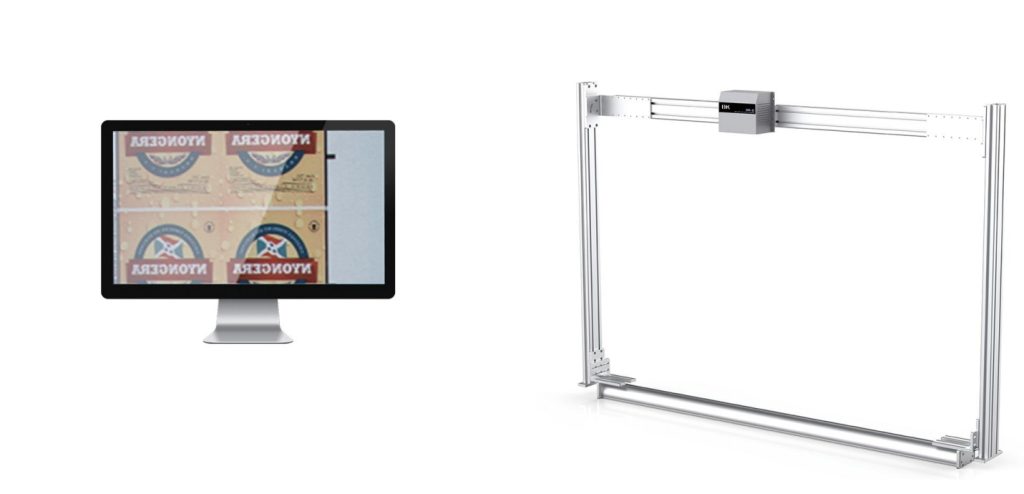
Through incorporating the Arise printing inspection machine, printing operations can achieve higher quality output, increased efficiency, and reduced operational costs.


